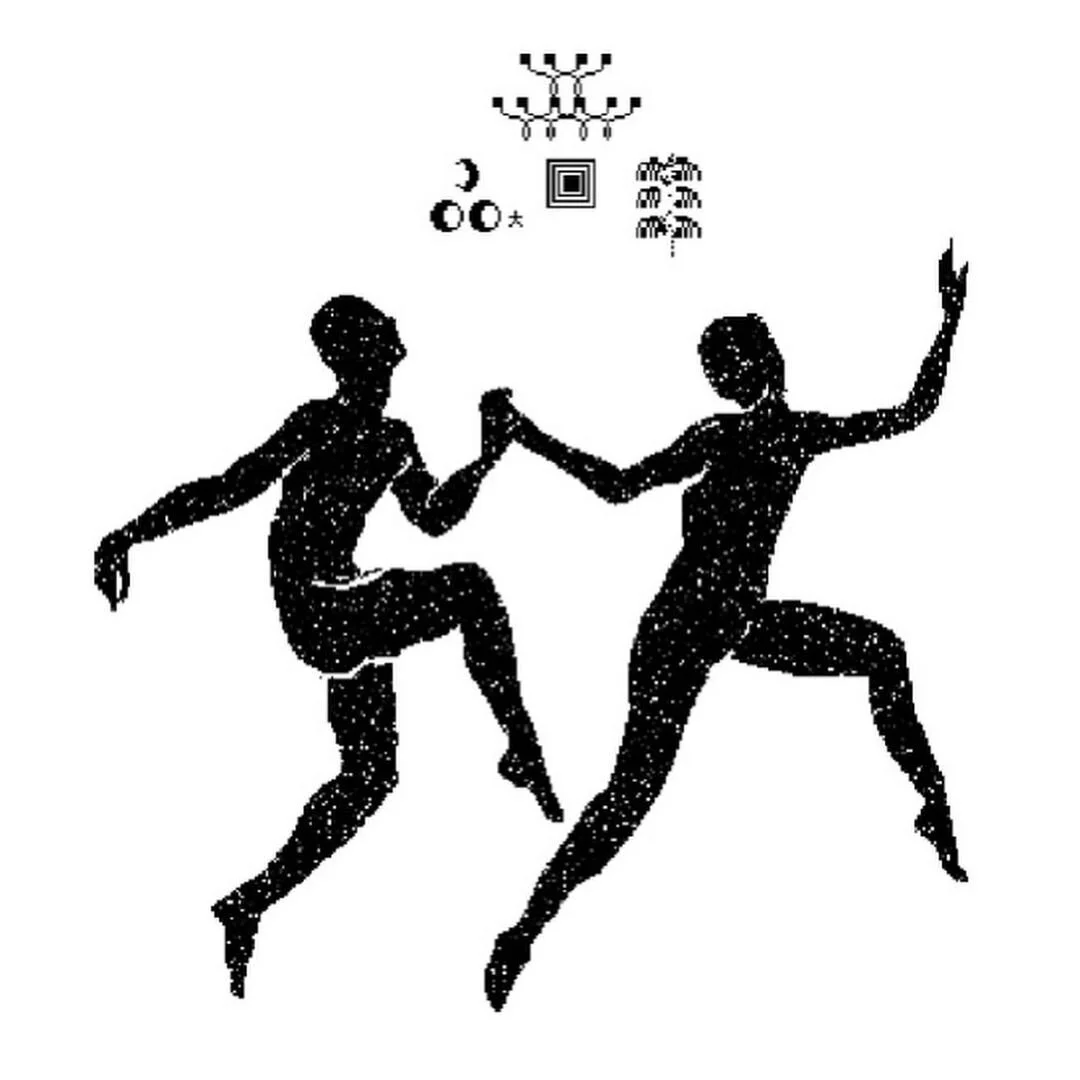Natasha Romano
Natasha Romano is a sculptress and garmentiste from Los Angeles who makes love material through her rigorous, cohesive body of work. Her next show, at Redzone in LA, opens June 8th.
Hi, Natasha! Briefly introduce yourself?
My name is Natasha, but I also go by Tasha. I’m from Los Angeles, and will always live here. I’m half French, and spent a lot of my childhood in an old house, in the forest of the French Alps. My work and I are very much a combination of Los Angeles culture and the trans-agricultural biome of the Alps.
You describe yourself in your Instagram bio as “sculptrice n garmentiste.” How did you settle into this choice of craft?
“Sculptress” is a term I identify with as an artist. My work is very material and texture-based, even the videos I make, so I consider everything a sculpture. I prefer sculptress over sculptor, because it’s femme. Identifying as femme is a very porous experience, it attracts and expels. I also consider myself a “garmentiste.” Another femme term I identify with, when my sculptures take the form of clothing. I work a lot with nonorganic materials, like silicones and resins, and I sew them together. The human form is an organic material, and has a porous texture (skin). Sometimes, I decide the sculptures should exist on simultaneously moving porous units, a.k.a. people, and that’s when they become garments.
Sewing and sculpture are both so tactile, demanding engagement directly with viewers’ bodies. Do you feel like digital image circulation changes the way that people interact with your work?
Digital image circulation is always something I consider when making my work. It bothers me in the sense that a photograph will never truly capture how it feels to view my work, especially since I am so detail-oriented. However, I like the idea of sharing and having some control over curating a profile, such as Instagram. I try to consider the digital viewing of sculpture in my process. I source images from my personal cellphone photos and the internet, collage and alter them in photoshop, print them out and mess with them, then scan them back into the computer and repeat until the line between the IRL and virtual worlds is blurred enough for my liking. Once I’m satisfied, then I embed my subject matter into silicone or resin. My thoughts on digital image circulation will constantly redescribe themselves as DIC redescribes itself, but I guess for now, I am more interested in experimentation.
You’ve mentioned that the specific minutiae of your pieces operate in a realm of “invisible visual art”—what do you mean by this?
Invisible visual art is the formal logic of my work, which seems to gravitate towards numbers and measurement, in regards to color, form, scale, texture, etc... It’s how I mentally justify the pretty dramatic clash of material and subject matter in my work. For instance, I work a lot with diagrams of aerial views of people, paper wasp nests, and river stones. I always stack the river stones in groups of three, which is inspired by Stonehenge, a circular formation of stones stacked in threes. The wasp nests are clusters of hexagons which are multiples of three. Whenever I reference an aerial view diagram of people in a specific formation, I use an “X” to represent a person taking up space in the sculptural plane. The Xs are the exact same size as the hexagonal cavities of the wasp nest. Even though the viewer may not immediately recognize these formal connections, I think our brains subconsciously recognize correlation, and that’s why the dramatic clash of material and subject matter in my work could feel cohesive.
Are there any major motifs that seem to recur in your practice these days?
These days, I am getting more into the idea of making sculptures that feel like they are somewhere between an object and a place. I struggle constantly with trying to avoid just taking up space with a sculpture. I want people that purchase my work to live with something that is alive, and that can inhabit different ideas as time goes by.
Who—or what—is your biggest inspiration right now?
My biggest inspiration is learning about love. Loving myself, loving my friends, falling in love, love as simultaneity in this world, love as time. I think my greatest challenge will always be to make something that feels like love, and I think that’s why I’ll never get tired of making art.
courtesy NATASHA ROMANO
interview ADINA GLICKSTEIN
What to read next


















